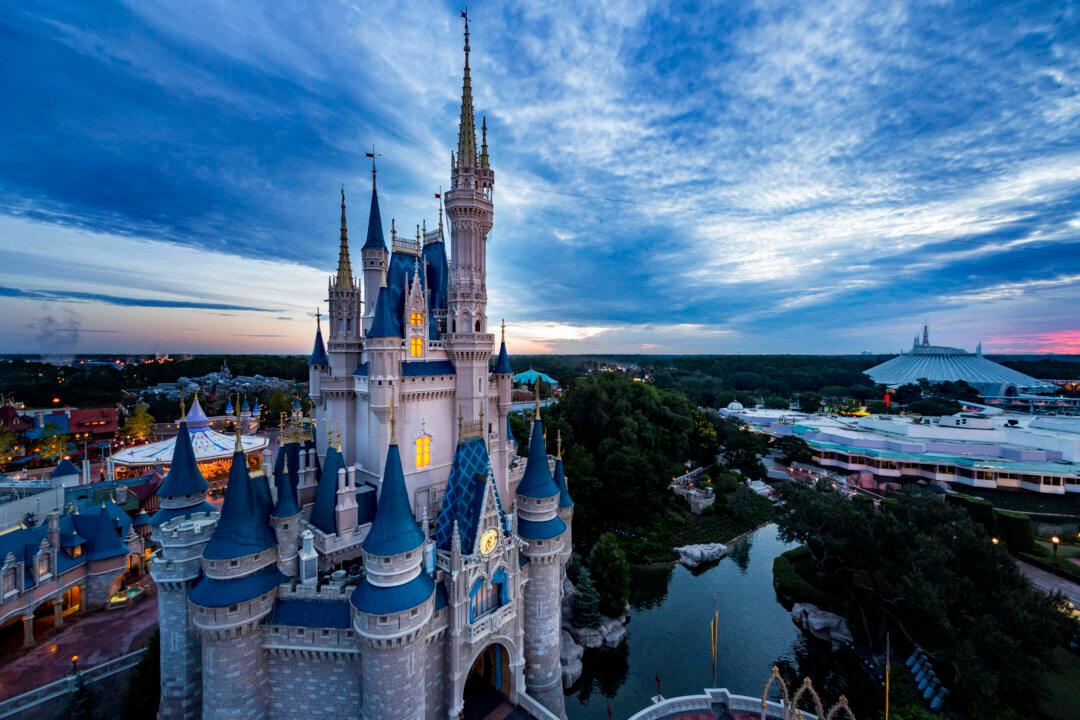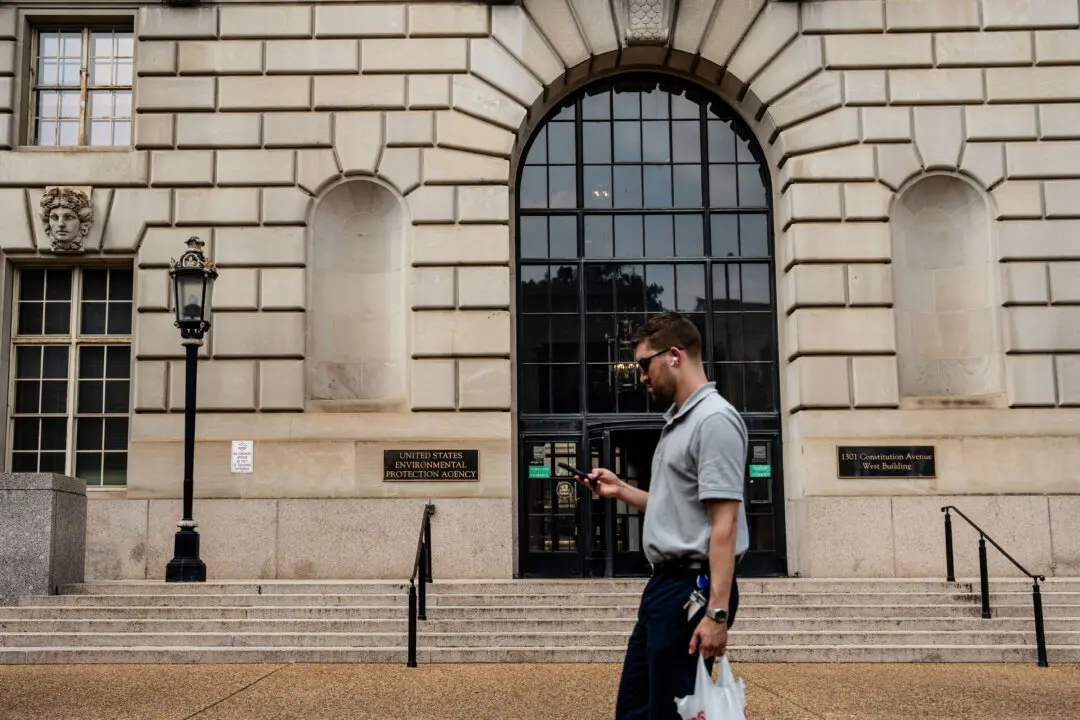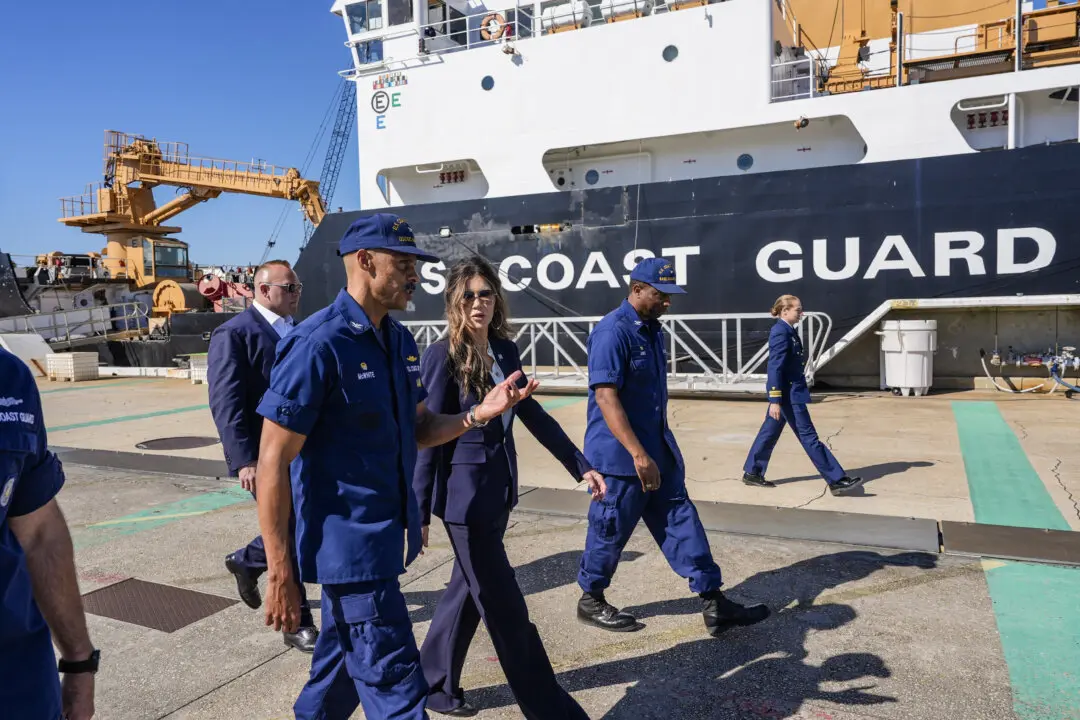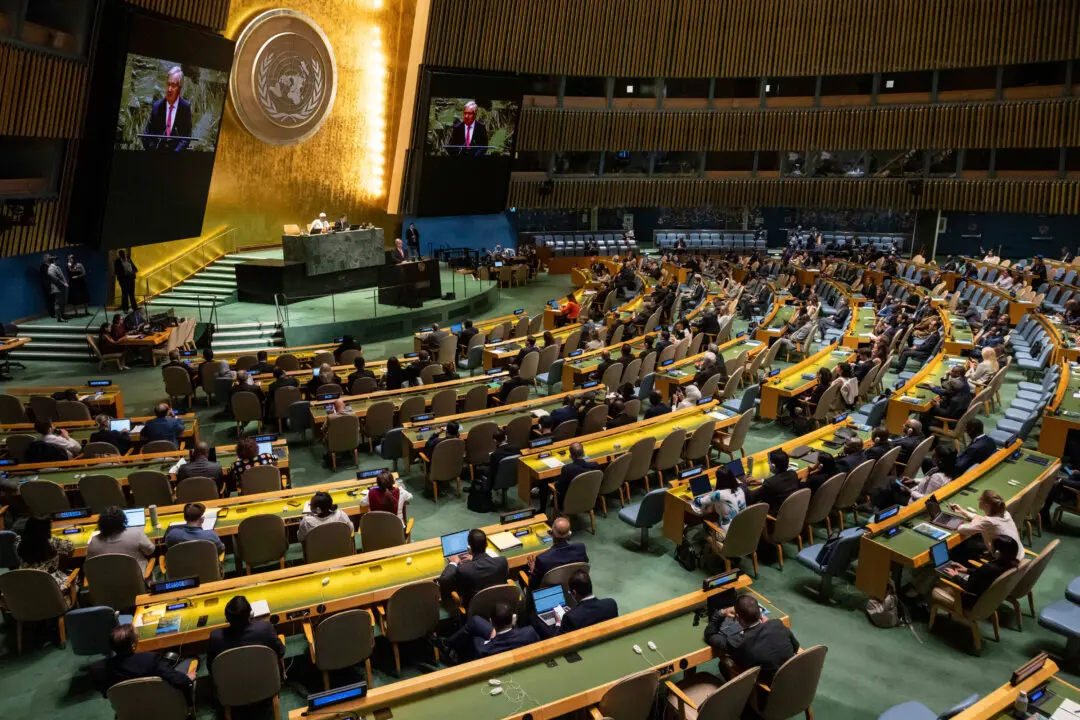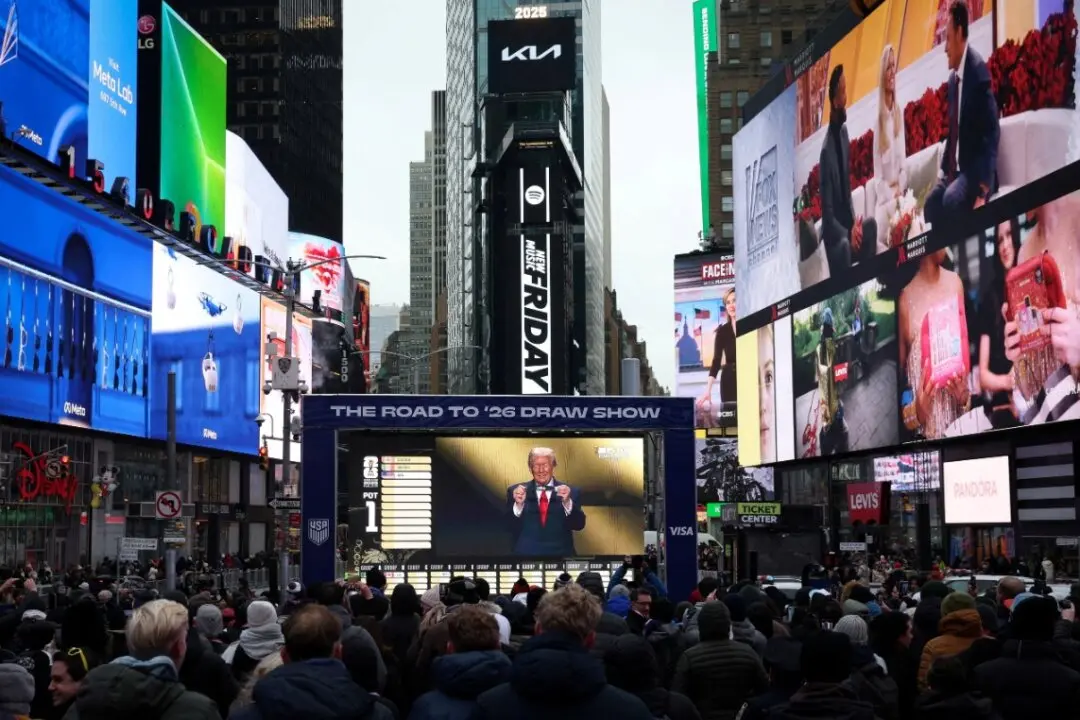Operating income at Disney’s U.S. theme parks fell in the third quarter of 2024, with the company reporting that easing consumer demand combined with macroeconomic factors are contributing to the decline.
Although Disney’s revenues from domestic parks saw a slight 3 percent increase for the quarter ending on June 29 compared with the same period last year, operating income dipped by 6 percent, according to an Aug. 7 earnings report. Disney attributed this decrease to “higher costs driven by inflation, increased technology spending, and new guest offerings.”
